
Filter News
Area of Research
- Advanced Manufacturing (5)
- Biological Systems (2)
- Biology and Environment (10)
- Data (1)
- Energy Science (46)
- Fossil Energy (1)
- Fusion and Fission (2)
- Fusion Energy (2)
- Isotope Development and Production (1)
- Isotopes (2)
- Materials (24)
- National Security (4)
- Neutron Science (22)
- Nuclear Science and Technology (7)
- Sensors and Controls (1)
- Supercomputing (24)
- Transportation Systems (1)
News Type
Date
News Topics
- 3-D Printing/Advanced Manufacturing (31)
- Advanced Reactors (5)
- Artificial Intelligence (46)
- Big Data (30)
- Bioenergy (18)
- Biology (24)
- Biomedical (13)
- Biotechnology (10)
- Buildings (29)
- Chemical Sciences (30)
- Clean Water (6)
- Composites (12)
- Computer Science (52)
- Critical Materials (7)
- Cybersecurity (2)
- Education (2)
- Emergency (3)
- Energy Storage (16)
- Environment (42)
- Exascale Computing (26)
- Fossil Energy (4)
- Frontier (21)
- Fusion (13)
- Grid (16)
- High-Performance Computing (45)
- Hydropower (1)
- Isotopes (17)
- ITER (2)
- Machine Learning (23)
- Materials (24)
- Materials Science (28)
- Mathematics (7)
- Mercury (1)
- Microelectronics (2)
- Microscopy (5)
- Molten Salt (1)
- Nanotechnology (2)
- National Security (34)
- Neutron Science (26)
- Nuclear Energy (15)
- Partnerships (29)
- Physics (11)
- Polymers (5)
- Quantum Computing (20)
- Quantum Science (22)
- Security (8)
- Simulation (24)
- Space Exploration (3)
- Statistics (3)
- Summit (14)
- Transportation (17)
Media Contacts

The world’s most powerful particle accelerator, the Large Hadron Collider (LHC), began running at CERN, the European Organization for Nuclear Research, in 2009. The LHC spends most of its time studying the puzzles of high-energy physics. But for one month a year, it, like the Relat...
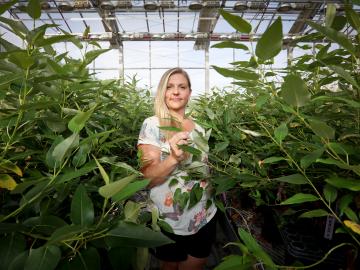
Mindy Clark’s enthusiasm for plant biology has only grown from her time in the classroom at the University of Tennessee, Knoxville (UTK) to her years working in greenhouse operations for private industry and more recently at the Department of Energy's Oak Ridge National Laboratory....
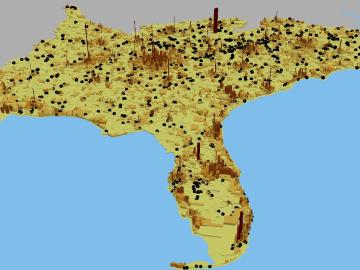
New mapping methods developed by researchers at the Department of Energy’s Oak Ridge National Laboratory can help urban planners minimize the environmental impacts of cities’ water and energy demands on surrounding stream ecologies. In an analysis published in Pr...
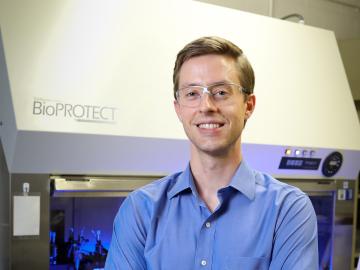
Working backwards has moved Josh Michener’s research far forward as he uses evolution and genetics to engineer microbes for better conversion of plants into biofuels and biochemicals. In his work for the BioEnergy Science Center at ORNL, for instance, “we’ve gotten good at engineering microbes th...

Rice University researchers have learned to manipulate two-dimensional materials to design in defects that enhance the materials’ properties. The Rice lab of theoretical physicist Boris Yakobson and colleagues at the Department of Energy’s Oak Ridge National Laboratory are combi...
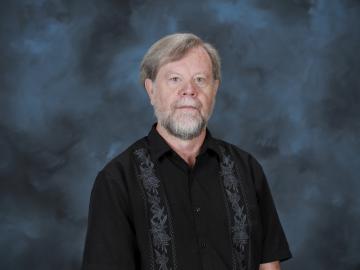
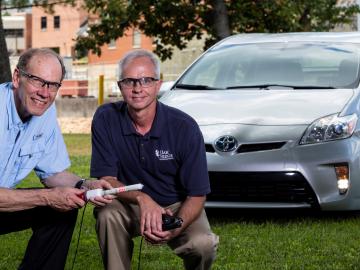
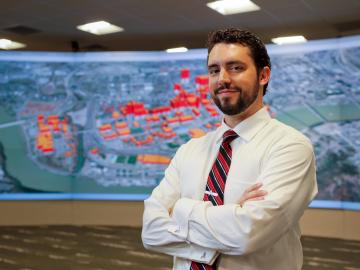
Joshua New has an ambitious goal to increase the nation’s efficient use of energy: he wants to create a model of every building in America. All 130 million of them. For now, Joshua and his colleagues in the Building Envelope and Urban Systems group are creating virtual models of the buildings in ...

Four Oak Ridge National Laboratory researchers specializing in nuclear physics, fusion energy, advanced materials and environmental science are among 59 recipients of Department of Energy’s Office of Science Early Career Research Program awards. The Early Career ...



